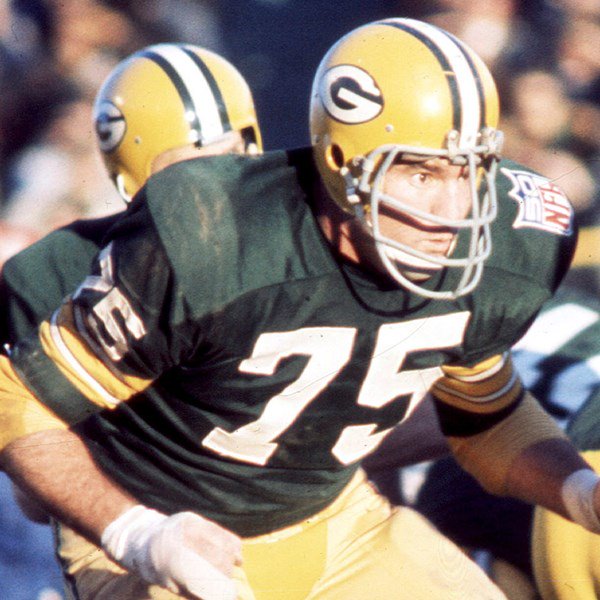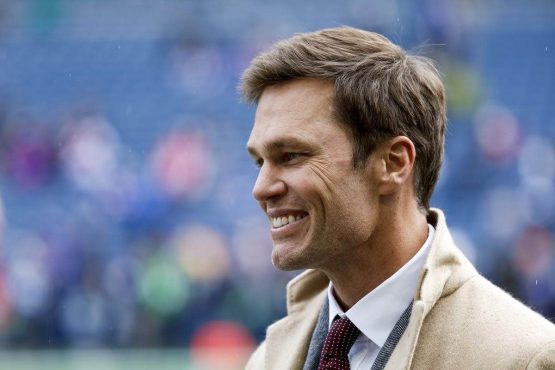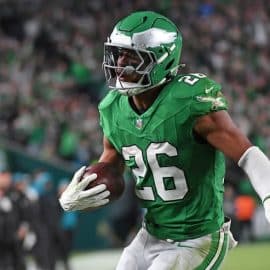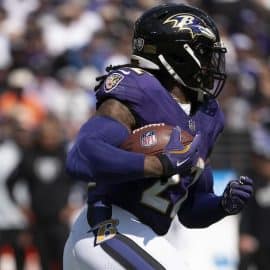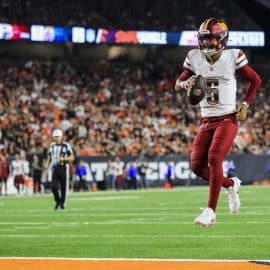Packers Hall of Famer Forrest Gregg passed away yesterday at the age of 85. The former offensive tackle played in nine Pro Bowls, was a seven-time All-Pro and was selected to the NFL’s 60’s All-Decade Team and 75th Anniversary Team. The legendary Vince Lombardi called Gregg the finest player he ever coached. That is tall praise considering there were a dozen Hall of Fame players on those great Packers teams of the 60s.
Gregg was on all five of Lombardi’s championship teams including the clubs that won the first two Super Bowls. He finished his NFL career with the Dallas Cowboys in 1971, winning a sixth title as Tom Landry and company won Super Bowl VI.
After his retirement, he went into coaching. Gregg served as head coach of the Browns from 1975-1977, the Bengals from 1980-1983 and the Packers from 1984-1987. He then went on to take over as coach and athletic director of his alma mater, SMU, helping to revive the school’s program after the NCAA gave them the “death penalty.”
“Our thoughts and prayers go out to Barbara and the Gregg family,” Packers President/CEO Mark Murphy said on the Packers official Web site. “He was a legendary player for the team, one of the greatest in our history. The ultimate team player, he raised the level of play of those around him. He also had a great connection with the organization over the years. We enjoyed welcoming him back to Lambeau Field and seeing fans appreciate him around the state.”
As a player, Gregg represented toughness, intensity and consistency. He played in 187 consecutive games for the Packers between 1958 and 1970, earning the nickname “Iron Man.”
Hall of Fame guard Jerry Kramer played alongside Gregg for years with the Packers. “We had the same kind of drive. Both of us were inspired by coach Lombardi,” Kramer told the Green Bay Press Gazette. “I was trying to play the perfect game and I was running to every drill and Forrest was right there with me. It was kind of a little bit of competition, but it was more doing it together.”
Gregg and Kramer worked well together. After several years of playing next to each another, they practically knew what they needed to do. “A lot of things didn’t need to be said,” Kramer explained. “I would say ‘Forrest,’ and he’d say, ‘Got ’em.’ He’d say, ‘Jer,’ and I’d say, ‘Yup.’”
Later in his career, Gregg mentored his younger teammates.
“Great feet,” said teammate Bill Lueck, who played with Gregg from 1968-70. “He could pass block. He could run block. He had better feet than anybody. He could have been a ballerina.”
As a coach, Gregg led the Bengals to their first Super Bowl appearance after the 1981 season. They lost a close game to Joe Montana and the 49ers, 26-21. He took over as coach of the Packers in 1984 after the team let go of former teammate Bart Starr. Gregg’s Green Bay teams went 8-8 the first two seasons before he realized he needed to rebuild. He final record as Packers coach was 25-37-1.
“He was tough, disciplined and very demanding, recalled Browns GM John Dorsey who played linebacker for with the Packers under Gregg. “He wanted the game to be played a certain way and I always appreciated that about him. He was an honorable man, very principled. As a young player in this league, he was someone you wanted to follow. You could always feel his presence and he always wanted to make sure you knew he wanted the game played to his standard.
“I have a deep respect for him, and I have a heavy heart today because he was the guy that brought me into the National Football League. Forrest’s mark in the NFL goes well beyond my time with him. This is a man that dedicated his life to the game of football.”
Gregg left the Packers after the 1987 season when his alma mater, Southern Methodists University, came calling. The school had its football program disbanded by the NCAA for paying star players. Gregg went back there to rebuild the school’s once proud tradition. Because his school had just 15 scholarships to give while opposing teams had 85, his teams were overmatched talent-wise. But Gregg loved those teams that went a combined 3-19 in 1989 and 1990.
“I never coached a group of kids that had more courage,” Gregg said. “They thought that they could play with anyone. They were quality people. It was one of the most pleasurable experiences in my football life. Period. They restored dignity to SMU football.”
After stepping down as coach, Gregg served as athletic director at SMU until 1994.
He was diagnosed with Parkinson’s Disease in 2011. He spent his later years raising awareness about this debilitating disease which affects so many people.
The cover of the 1961 Green Bay Packers Yearbook features one of the most iconic photographs in Packers history. It shows Gregg, caked in mud towards the end of a 1960 game against the 49ers in San Francisco. He has clearly been in a battle that day and given his all. His face shows the exhausted smile of a man who had struggled, fought and emerged victorious.
New Packers head coach Matt LaFleur showed Gregg’s lasting influence when he Tweeted:
I’d like to extend my deepest sympathies to the family of a true Packers legend, Forrest Gregg. This picture has been hanging in my home office for the last 10 years and serves as a great reminder of what a tough competitor Forrest was. #Packers #GoPackGo pic.twitter.com/4TRXhvjcNX
— Matt LaFleur (@CoachMLaFleur) April 12, 2019
Add The Sports Daily to your Google News Feed!
